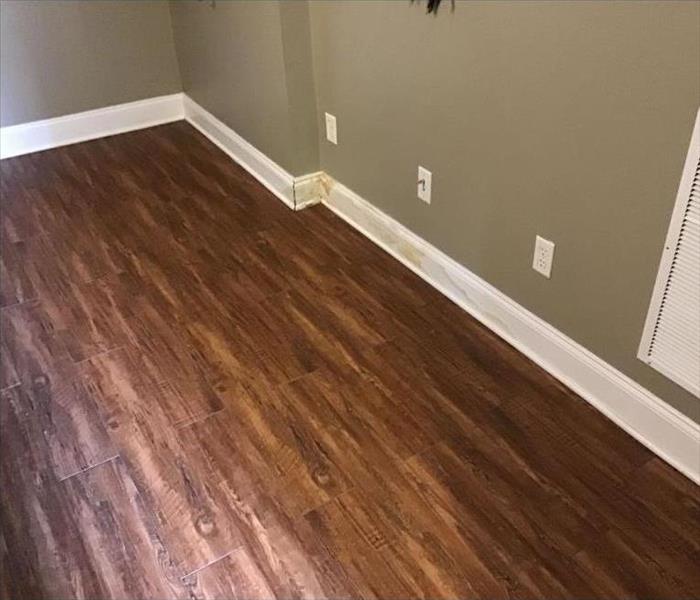Repairing Water Damage Laminate Floor Coverings Have Sustained
Repairing laminate floors can be difficult because it’s often hard to find new laminate that matches the existing flooring exactly. For this reason, homeowners often choose to replace the entire floor instead of repairing just the damaged portion. Consider the expense involved as well as how closely you can match your existing floor when making this call. If the laminate doesn’t match, your floor may look rather odd.
To repair a water-damaged laminate floor, use a crowbar or other tool to pry up the damaged planks. You’ll need to remove one plank at a time. The entire plank must be removed even if only a portion of it appears damaged because each plank is a single unit.
Carefully inspect the floorboards beneath for signs of damage such as warping or mold. If there is any damage, then that damage will need to be repaired before you replace the laminate flooring. Don’t skip this step. Putting laminate flooring down on a damaged subfloor will only lead to problems down the road. If you’re not sure if a section of the subfloor needs to be replaced, consult a professional or just play it safe and replace it.
Allow the floorboards to dry completely (this make take several days) before replacing the laminate flooring. Otherwise, you risk ending up with mold beneath your floor. You can read all about subfloor mold to learn why it is so hazardous. You’ll also find valuable information about repairing damage to subfloors there.
If your home has suffered water damage to other areas beyond your laminate floor, you can read about cleaning up water damage throughout the home.




 24/7 Emergency Service
24/7 Emergency Service

